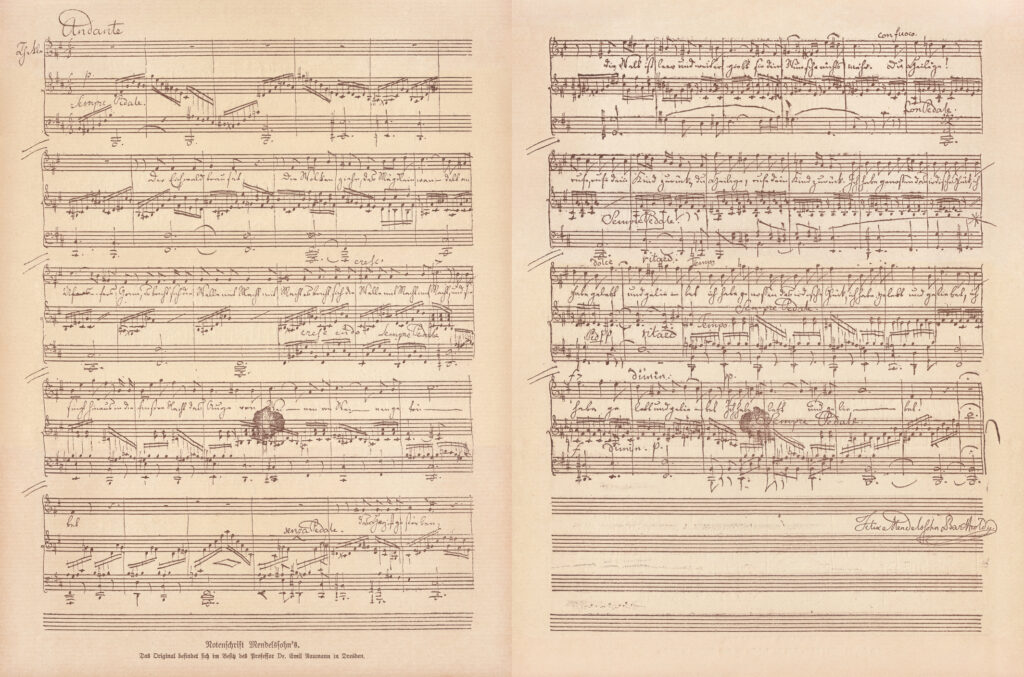On January 25th, 1858, Felix Mendelssohn's "Wedding March" was performed at the wedding of Princess Victoria, the daughter of Queen Victoria of the United Kingdom, and Crown Prince Frederick William of Prussia.
Mendelssohn wrote the music at the young age of 17. The piece was part of his incidental music for A Midsummer Night's Dream, where it was supposed to be heard during the act when Titania, queen of the fairies, marries her lover Oberon, the king of the fairies.
"Wedding March" Becomes A Wedding Song
The first time "Wedding March" was recorded as being played in a wedding was in 1847 when Dorothy Carew and Tom Daniel got married at St. Peter's Church in England. The song was performed on an organ by Samuel Reay.
However, it wasn't until Princess Victoria and Prince Frederick got married that the song really gained momentum as one of the world's leading wedding songs. Queen Victoria was a big fan of Mendelssohn and often invited him to play for her in Britain.
Fun Facts:
- "Wedding March" is now one of the world's most popular and recognizable pieces of wedding music. It is frequently played as recessional music after a couple is pronounced married.
- Mendelssohn's "Wedding March" is not the only piece of music to have been adapted from a play; many other famous compositions, such as Tchaikovsky's "Swan Lake" and Rossini's "The Barber of Seville" also started as the play soundtrack.
- The lively and cheerful nature of the song is said to reflect Mendelssohn's joyful and optimistic spirit.
- The organ Mendelssohn used for the song is on display in St. Ann's Church.

